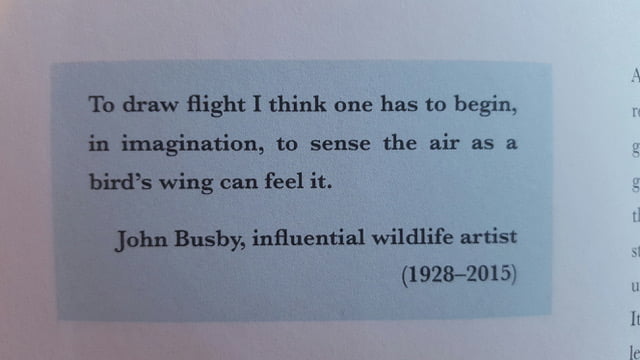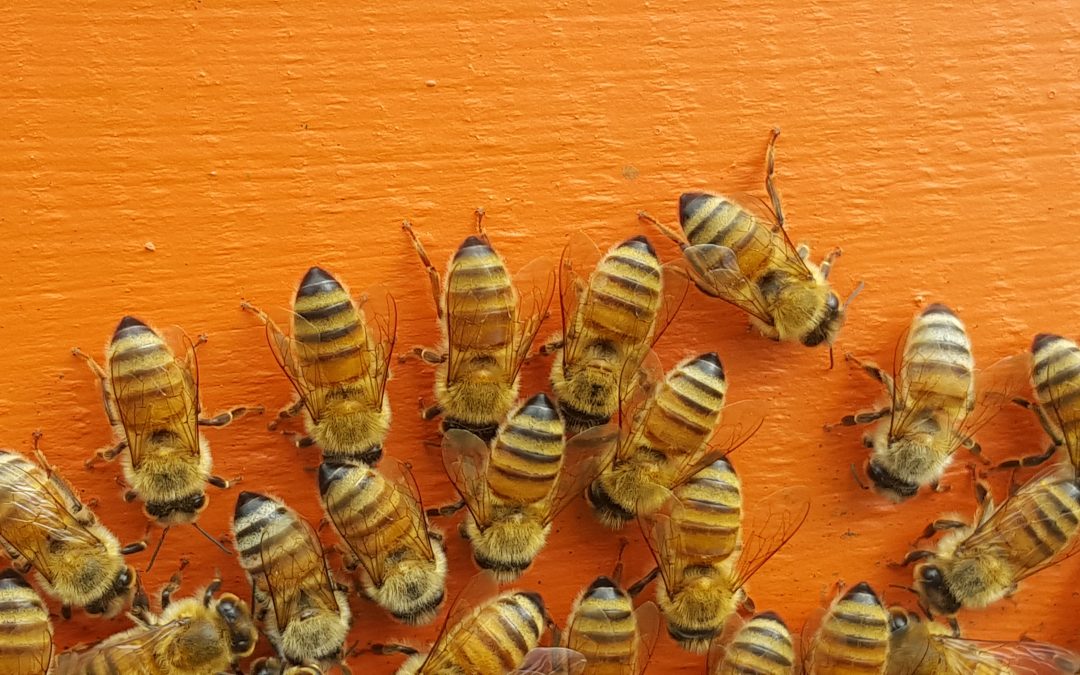The Seer
When I was working on Lasavia’s ethical foundation, the ethics of “seeing” came up and I have decided to put it within its context. Many people who are attracted to Lasavia have the ability of the seer. Whether the seer comes unbidden or with intention, there are important ethical processes to look at if you have this ability.
The practice of seeing has impact. This impact is like an intense relationship between the seer and the seen. To see something innerly is to enter into a relationship of transcendence. Both the seer and the seen are vulnerable; you have literally opened a pathway in your seeing.
The first and foremost key action is to become aware of what you are doing. The second is to practice seeing with your heart. If you do not train your mind then you may taint the seeing with judgement. This has the impact of powerful projection that can cause a person to be so impacted they may even act out your judgement.
The practice of the seer is to open the heart to receiving unconditional love and to connect to this love within the universe. I would encourage the development of awe to the source of all life. Kabir Helminski writing in The Knowing Heart writes:
Humility is the right attitude of the finite to the Infinite, the conditioned to the Unconditioned, the part to the Whole. Humility is our awareness of our dependence on something greater than ourselves, and our interdependence with our fellow human beings and all of life.
Humility, compassion and acceptance are the key values for the seer.
Respect and reverence for all things.
The seer is an important aspect in healing and in being truly human. We have come to understand through quantum physics that in seeing we create. To see is to be aware that we are crossing through boundaries.
These are the questions I would ask:
- If you are not aware of the etheric boundaries you are crossing to see, then ask what they are and bring your attention to what you are doing to ‘see’.
- In crossing through to ‘see’ I would ask why.
- What is it that is motivating you to see and how unbidden is your seeing?
- Bring awareness to who you are serving in seeing.
- Finally, in self-reflection, look at the consequences of the seeing (seer) process upon yourself.
The following is the transcription of a channelling I did with a client. It has particular significance here as it looks at the impact and power of visioning.
We are here. Yes. The visioning state is the training of mind, yes. It is the training of mind and the understanding of the nature of desire, it is also the training of desire and the transmutation from a desire that comes from impulse, and moving that into the alignment and work that is for your higher journey and destiny. Visioning is important in understanding the way that nature also works and the way that form and the power of creation and manifestation.
Immediately when one visions, to something in the future, you immediately are working and looking at the power of the will. And the power of the will that disrupts. So in all visioning places it is important to put forward a ritual of alignment to spirit. And alignment to your higher self and to your soul purpose, and to call in support from beings that will be supportive of that higher purpose, and that is why in visioning, visioning is a relationship with your higher purpose, it is a relationship with spirit. And that is why there is a sequence or support process in the action of visioning. Some visioning is in layers, so the first aspect in the future way is to look at a vibration of energy that is vibrating at a similar movement vibration to that that is your inner gift. Now, sometimes this will not be exactly clarified or clear, it will just be a sensation or sense. If you can just attend to that, that is the first part, this is when you are doing big vision. Take space, it is allowing an insight into quality of energy. For what you are going to be visioning has to be of a similar energetic vibrational state even though they are going to be on different dimensional states of that.
You see, when you think about the soul, the spirit, it is about that entry into form. Visioning allows that to start to come into being; when you are visioning on this level you do not need many details. They can come in a different way. What you are doing here is a vibrational visioning, an energetic visioning. It can be a colour even, although we want you to be very careful with that. It can simply be a sensation, and that is a vision. The next aspect, once this is in place… is to envision that vibration, and again you don’t need to be clear, it just needs to be a sensation of it, coming into form.
This work of the visioning of this higher vibrational self-entering into form is the core training of this work, and so in a way what you are creating and what is very challenging for the imagination is that you feel as if you have created another self. In your imagination now what you do is you allow that aspect that you have created that seems to be a future self, to come and meet you, to come into you and to feel what that is like, what is that inner like? What is the strength of that and the power of that and through that you also look at how you are in your life now. Because in doing so that is the part where you can truly unfold and observe the vision unfolding from the now. And so this is the state of observing and reflection. Reflection in its true way becomes a visioning into the future, for you are observing exactly what is happening and the vibration of the patterns that need to evolve. From this place, this is the power of really allowing how you may want to live from this moment.
It is from this place that you might see how you would like your work to be. And in that place you can lay down the pieces and the foundation of that.
Often people vision what they desire, what they think they might like and it is a non-alignment to this higher being, this higher self, this inner you. That is why sometimes you end up maybe doing something that doesn’t feel like what you really want. At the same time, you are examining and working with desire, it’s also the desire of what other people have, or how a culture should be, or how your lineage or your mother or your father or your great-grandparents, what they desired. This is the danger of visioning when you are not aligned to that inner. For it becomes difficult to discern what is really true. We also say that in visioning you must give thanks to the constraints that are with you. Whether it be time or whether it be money. For in honouring those constraints you allow a spaciousness to arise within the constraint itself.
The constraint is there to enable you to create and to come into form that is so required. Thank you. Bless and love. Thank you. Blessed be.






















